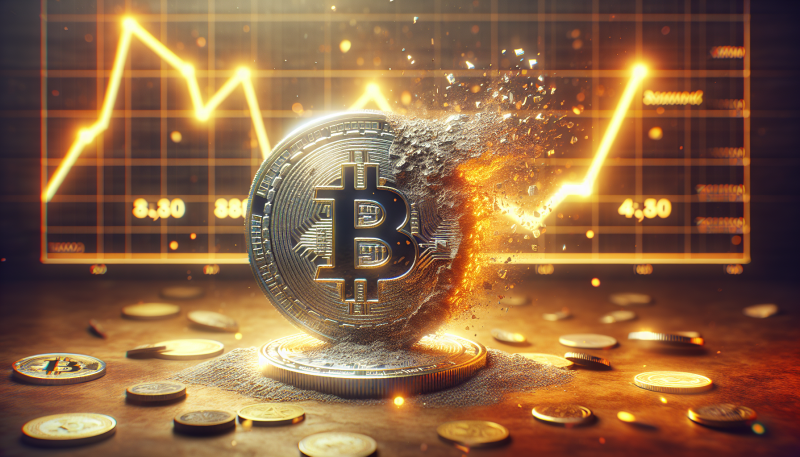What happened?
WLFI’s token plunged about 58% in September, prompting the team and governance to push a full buyback-and-burn plan to stop the freefall. The project will funnel 100% of treasury liquidity fees from its POL pools on Ethereum, BNB Chain, and Solana into market buybacks and then burn those tokens. The community overwhelmingly approved the move and the team says every buyback and burn will be posted and verifiable on-chain.
Who does this affect?
This directly affects WLFI holders and traders who faced big losses and are watching for signs of price stabilization. It also matters to liquidity providers, protocol users on Ethereum, BNB and Solana, and anyone with exposure to DeFi projects that tie tokenomics to platform fees. Indirectly, other crypto projects and investors tracking buyback strategies will be watching how well WLFI’s plan works.
Why does this matter?
Buybacks and burns can create immediate buying pressure and reduce circulating supply, which may stabilize WLFI’s price in the short term and boost scarcity-driven value. But the move uses protocol revenue and may only offer temporary relief if it doesn’t fix underlying adoption or utility, so markets will test whether this builds lasting confidence. If it works or fails visibly, expect other DeFi projects and token issuers to copy or rethink similar treasury-driven buyback strategies, changing demand dynamics across tokens.
